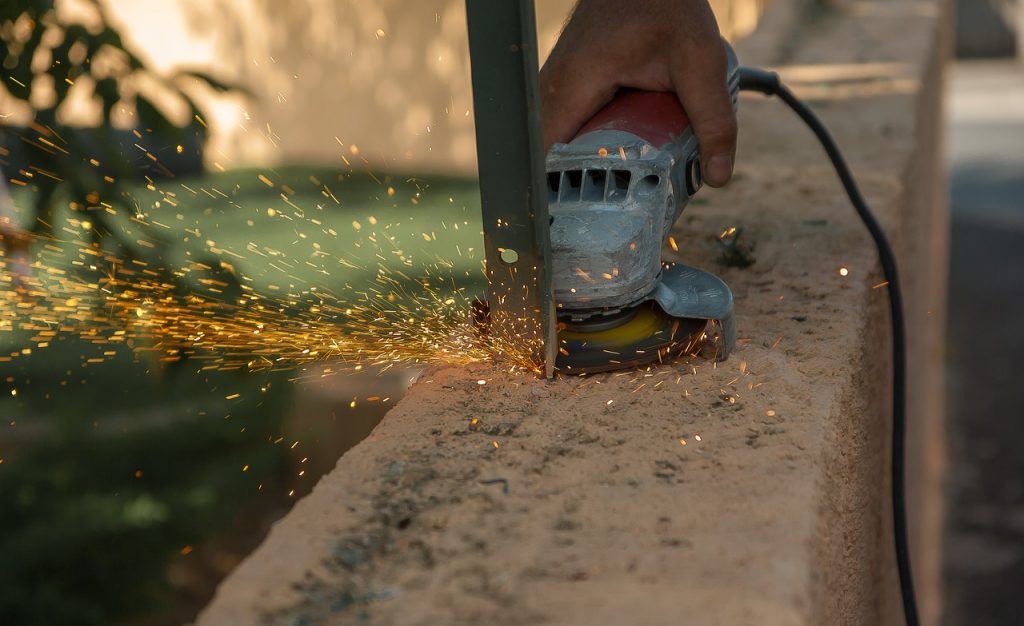A garage conversion isn’t just great for creating extra space that a growing family may need, but it will also add value to your home if you wish to sell it on in the future. With the right planning, converting a garage doesn’t have to cost the earth and you’ll get more out of it than you put in. So, what do you need to know about successfully converting a garage?

Converting a Garage Design and Planning
You may find that your garage space is a completely different size and dimension to the other rooms in your home. Planning how to use the space you have will be something you’ve never had to do before. This includes planning power points or plumbing. It’s usually best to ask a builder or designer to help you with your plans, but if you insist on drawing them up by yourself, you’ll certainly need advice from plumbers, like Zurn plumbing, and electricians who can tell you what will and won’t work.
Building Permissions For Converting a Garage
Unfortunately, even if your home belongs to you, you’ll still need to ask for planning and building permission before you can go ahead with the conversion. It gives your neighbors or locals a chance to have their say and protest if they are any issues. Depending on the flexibility of your local council, gaining planning permission can be one of the hardest steps in converting your garage, and you may come up against requests from the permissions board. It could be something as simple as moving the sink two inches to the left or something as complicated as reducing the size of the garage.
Building Insurance and Regulations
Before starting your conversion, it’s always best to invest in conversion insurance in case any unforeseen situations crop up. Most home insurers won’t pay out for damages to the main property if a conversion is being done. Of course, your new room will have to adhere to building regulations. Some of the things you’ll have to consider include, ventilation, installation, fire escapes, fire proofing and structural soundness.

Flooring and Walls
It’s unlikely that your garage flooring will be insulated, so it’s important to make that a priority when you start out. Insulating the floor will often raise it to level out with the flooring in the house. It may not be perfectly level, but it doesn’t often need to be. Using a stud wall or block wall for the interior of the garage will help it to comply with building regulations. You can often hide power and water lines behind this wall, but it also means that you’ll lose some of the inside space.
Windows and Doors
This is often one of the biggest initial jobs to a garage conversion because garages very rarely have windows. Building regulations require that a window be fitted to a garage conversion for the purposes of fire escape and ventilation. The best choices are usually metal frame or uPVC.
Once the construction is complete, contact your local top interior designer in your area. They will direct you on the aesthetics of your new space.
Converting a garage is the most cost effective way of creating more space for your home.
This post is a collaboration and may contain sponsored affiliate links. It is intended for informational purposes only and all opinions are our own.

